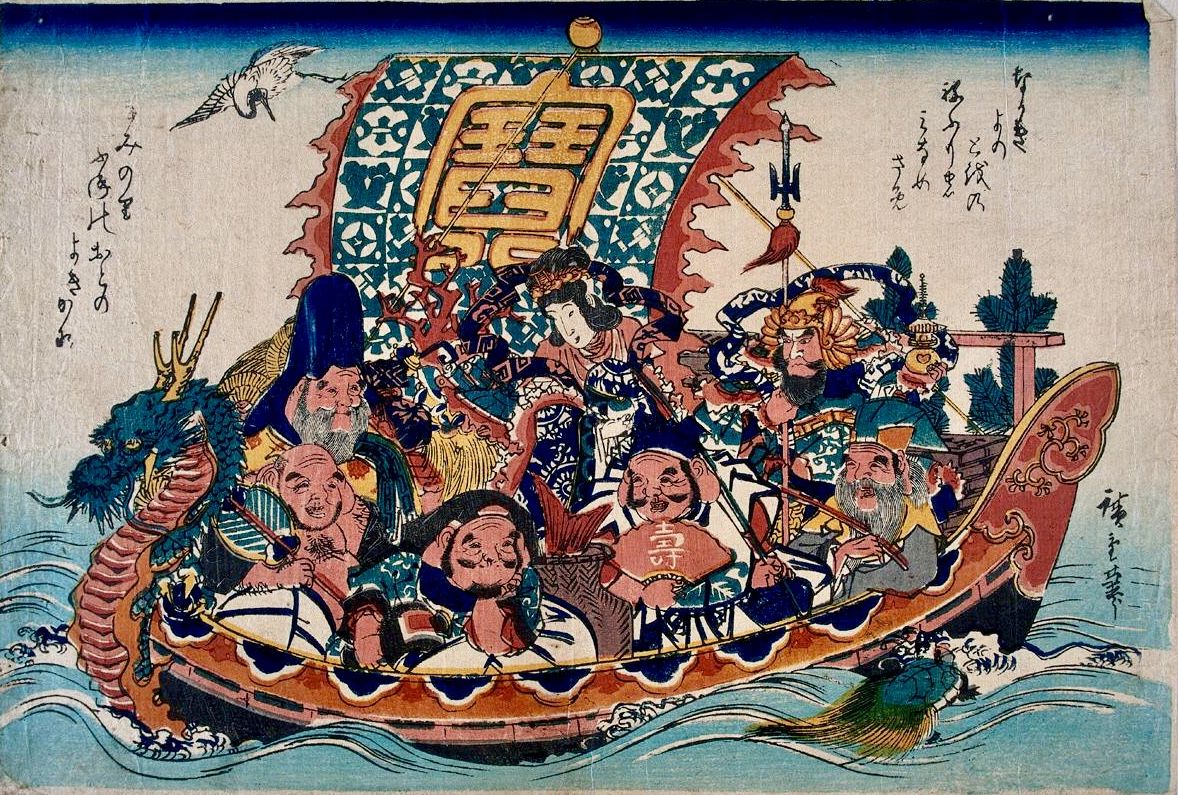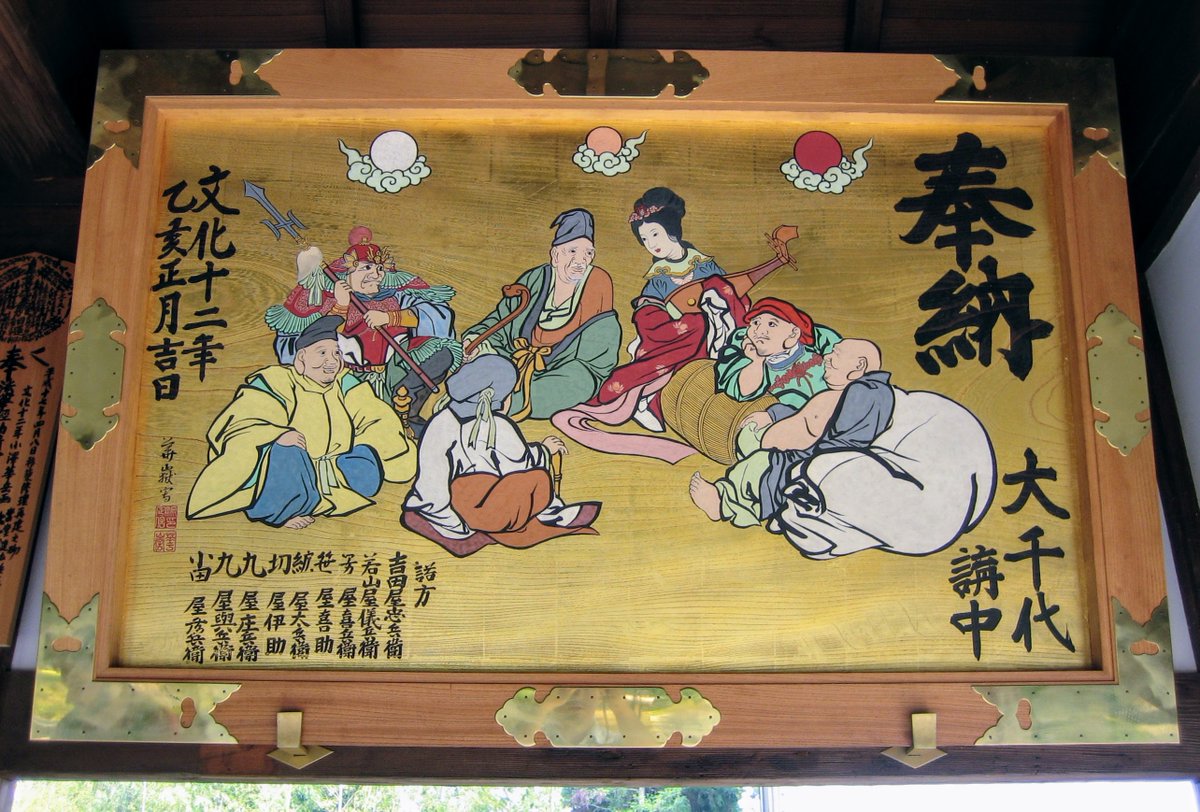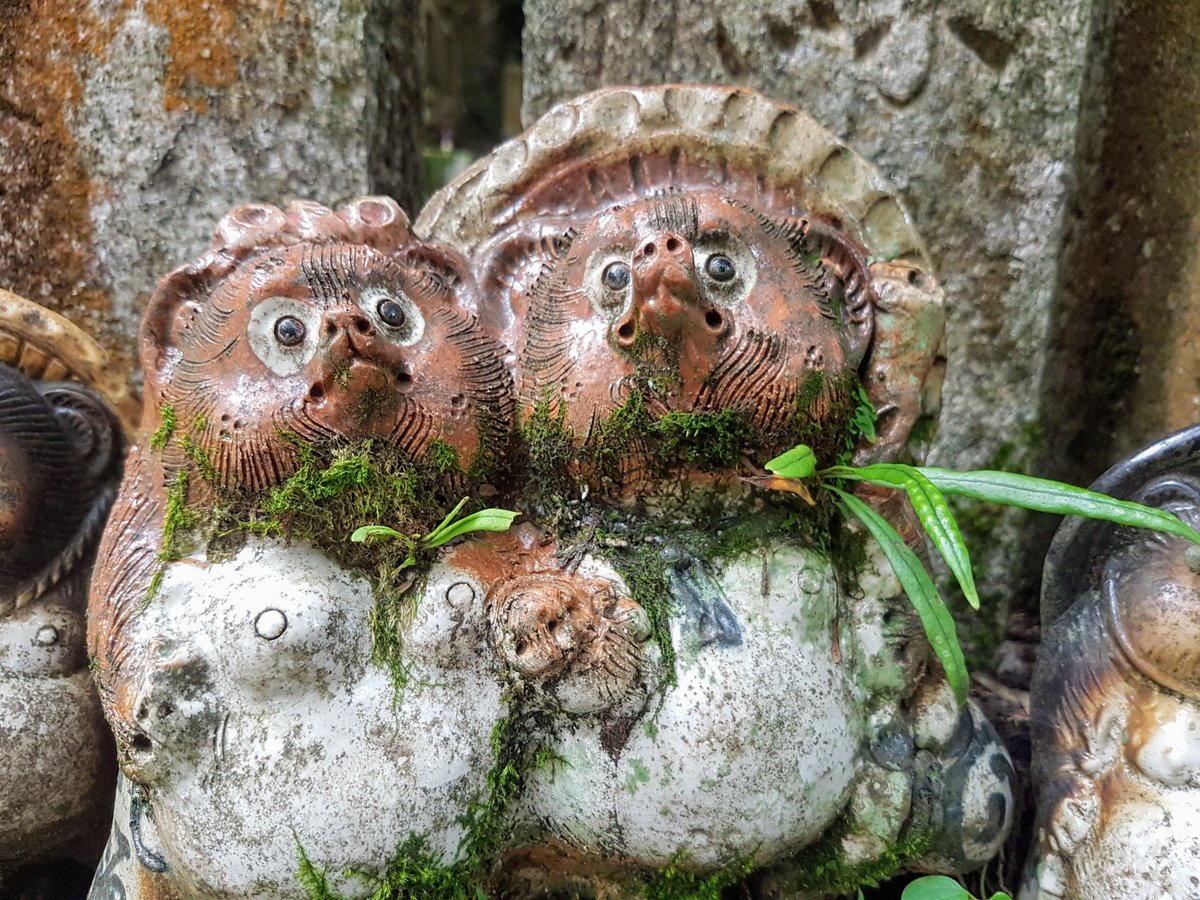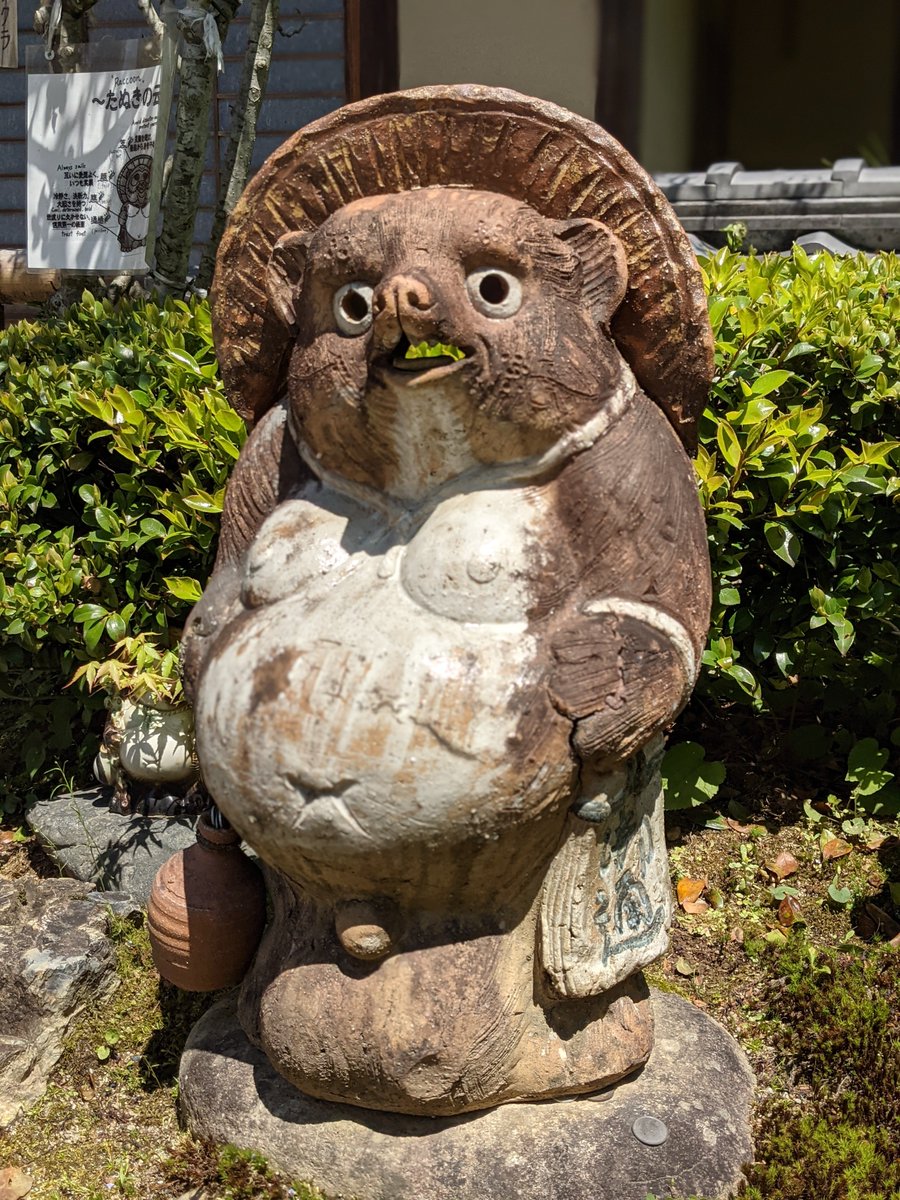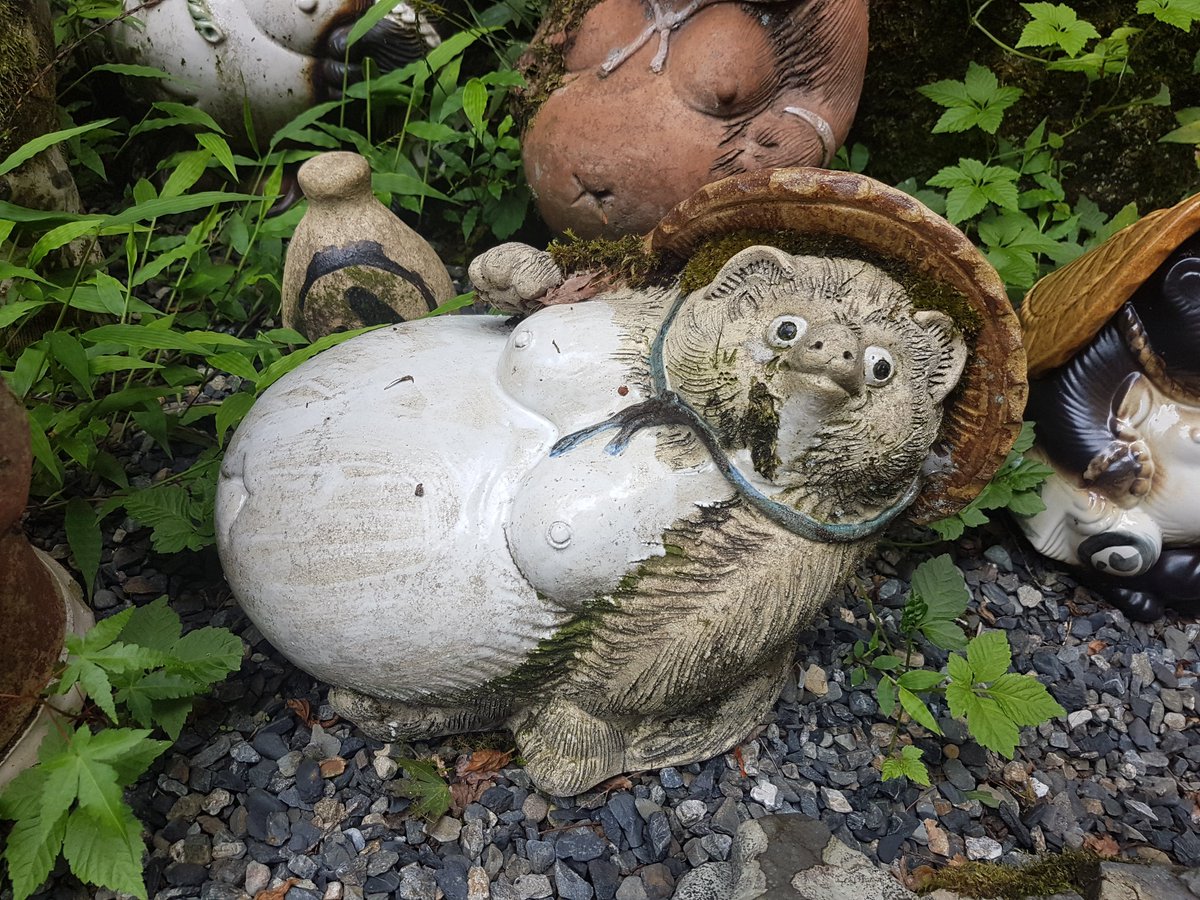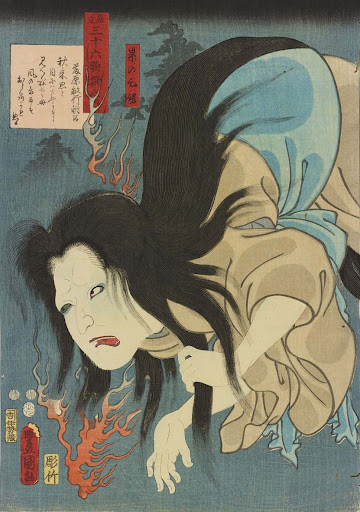
🥧SWEETS AND SELF-CARE🥰
For 'doyō ushi-no-hi' (土用丑の日 'midsummer day of the ox'), & this day only, @narumi_sekihan sell a very special sweet.
The eel-shaped 'unagi-manju' (うなぎ万寿) offers an adorable alternative to gobbling up real freshwater eel (an endangered species).



For 'doyō ushi-no-hi' (土用丑の日 'midsummer day of the ox'), & this day only, @narumi_sekihan sell a very special sweet.
The eel-shaped 'unagi-manju' (うなぎ万寿) offers an adorable alternative to gobbling up real freshwater eel (an endangered species).




Until November 7th contemporary artist Yamaguchi Akira (山口晃) is exhibiting his work at 'ZENBI' Kagizen Art Museum.
To celebrate the event Kagizen Yoshifusa (鍵善良房) have produced 'Tameiki-chan' (ためいきちゃん), a pointy-headed, rather melancholy-looking sweet.
#kyoto #京都



To celebrate the event Kagizen Yoshifusa (鍵善良房) have produced 'Tameiki-chan' (ためいきちゃん), a pointy-headed, rather melancholy-looking sweet.
#kyoto #京都




Kyōto is hardly crying out for new mascots, but surely there's room for one more😉
➡️kagizen.co.jp/en/
#Kyoto #Japan #wagashi #KagizenYoshifusa #Tameikichan #京都 #和菓子 #鍵善良房 #ためいきちゃん
➡️kagizen.co.jp/en/
#Kyoto #Japan #wagashi #KagizenYoshifusa #Tameikichan #京都 #和菓子 #鍵善良房 #ためいきちゃん

Has your skin suffered with all this mask wearing? Has 2020/21 added more worry lines?
Fear not, there is a shrine for you💪😚
Utsukushi Gozen-sha (美御前社) enshrines 3 'goddesses of beauty': Ichikishima-hime (市杵島姫神), Tagori-hime (田心姫神) & Tagitsu-hime (湍津姫神).
#京都



Fear not, there is a shrine for you💪😚
Utsukushi Gozen-sha (美御前社) enshrines 3 'goddesses of beauty': Ichikishima-hime (市杵島姫神), Tagori-hime (田心姫神) & Tagitsu-hime (湍津姫神).
#京都
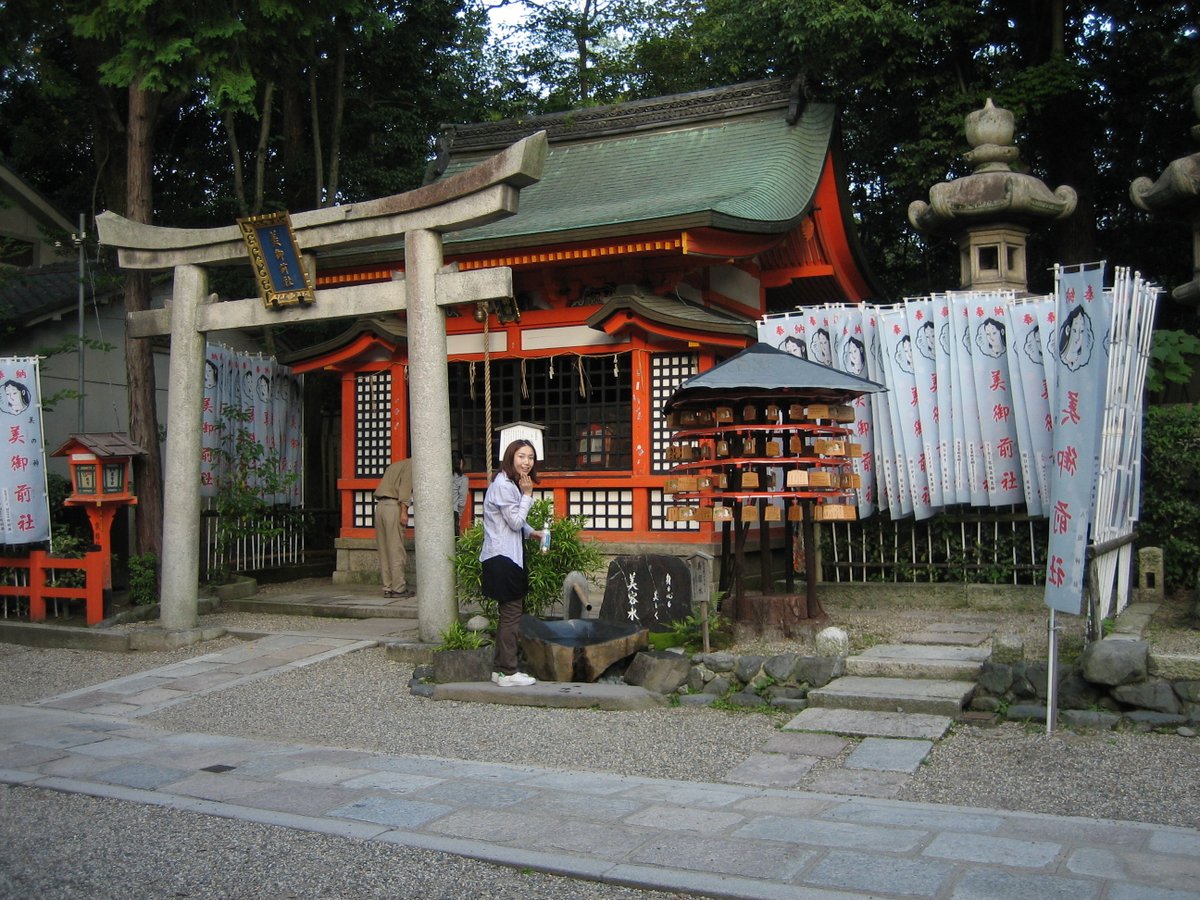
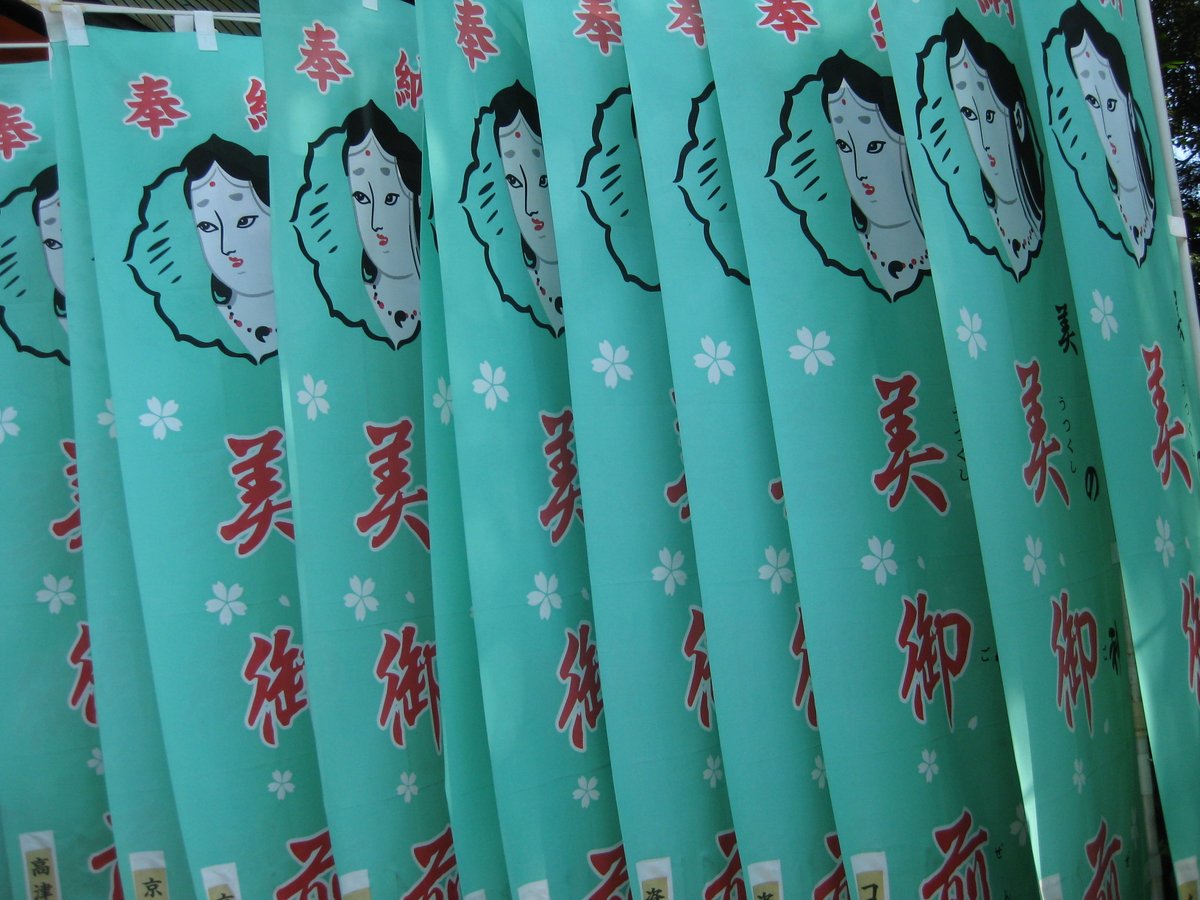


Long popular with the women of Gion, including maiko (舞妓), geiko (芸妓) and those in the beauty industry, nowadays a steady stream of (mostly) female worshipers come to dab 'Biyō-sui' (美容水 'Beauty Water') on their skin💦✨
#Yasakajinja #UtsukushiGozensha #美御前社 #Kyoto



#Yasakajinja #UtsukushiGozensha #美御前社 #Kyoto




There is a legend that in Edo times a woman suffering from smallpox scars came to the shrine to pray and they were cured (an alternative version is that she caught smallpox and prayed that she would survive without scars, and attributed her recovery to the water of the shrine). 





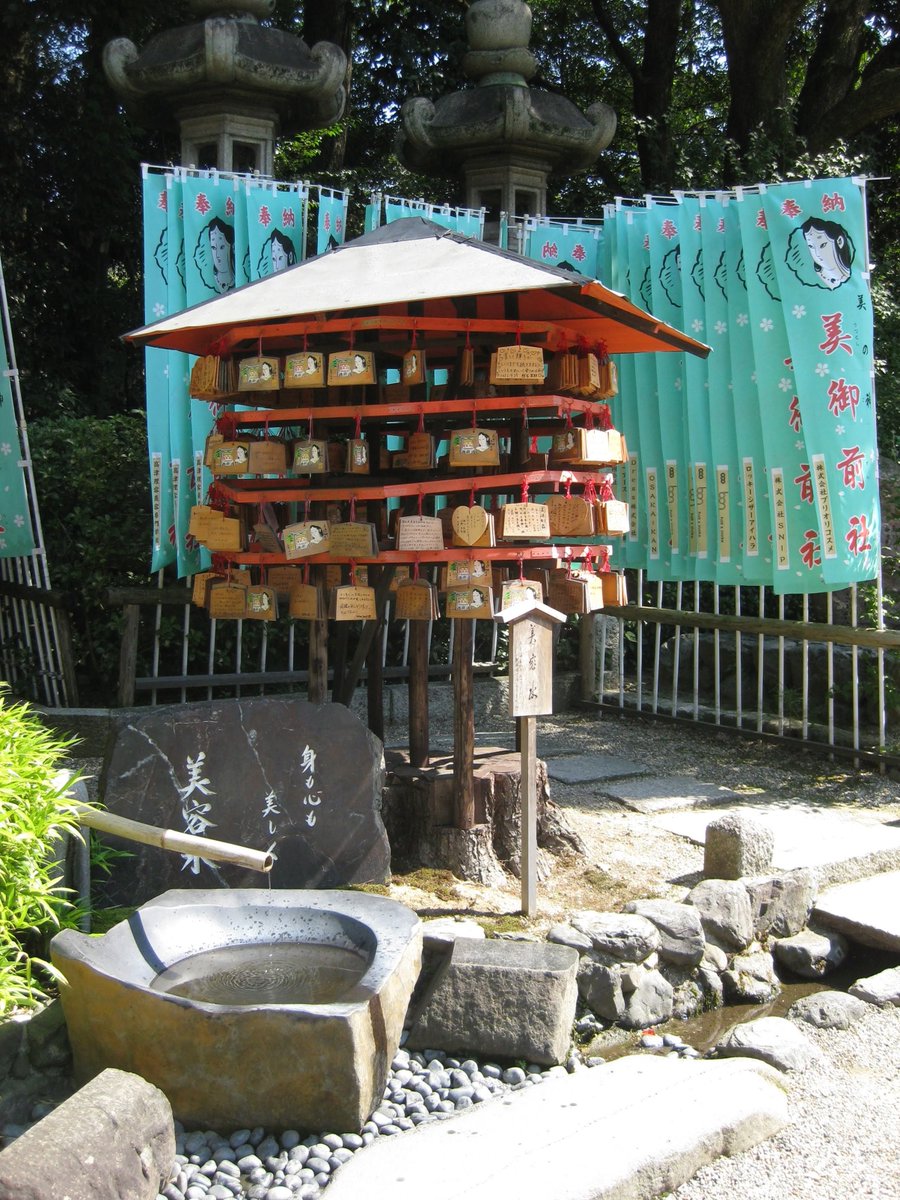

It is said that Yasaka-jinja's main hall sits over 'Ryūketsu' (龍穴 'Dragon Cave'), a vast reservoir with underground channels connected to Shinsen-en & Tō-ji.
While this sounds fanciful, there is actually a deep spring (maybe 152m deep) that feeds the Biyō-sui & other springs.



While this sounds fanciful, there is actually a deep spring (maybe 152m deep) that feeds the Biyō-sui & other springs.
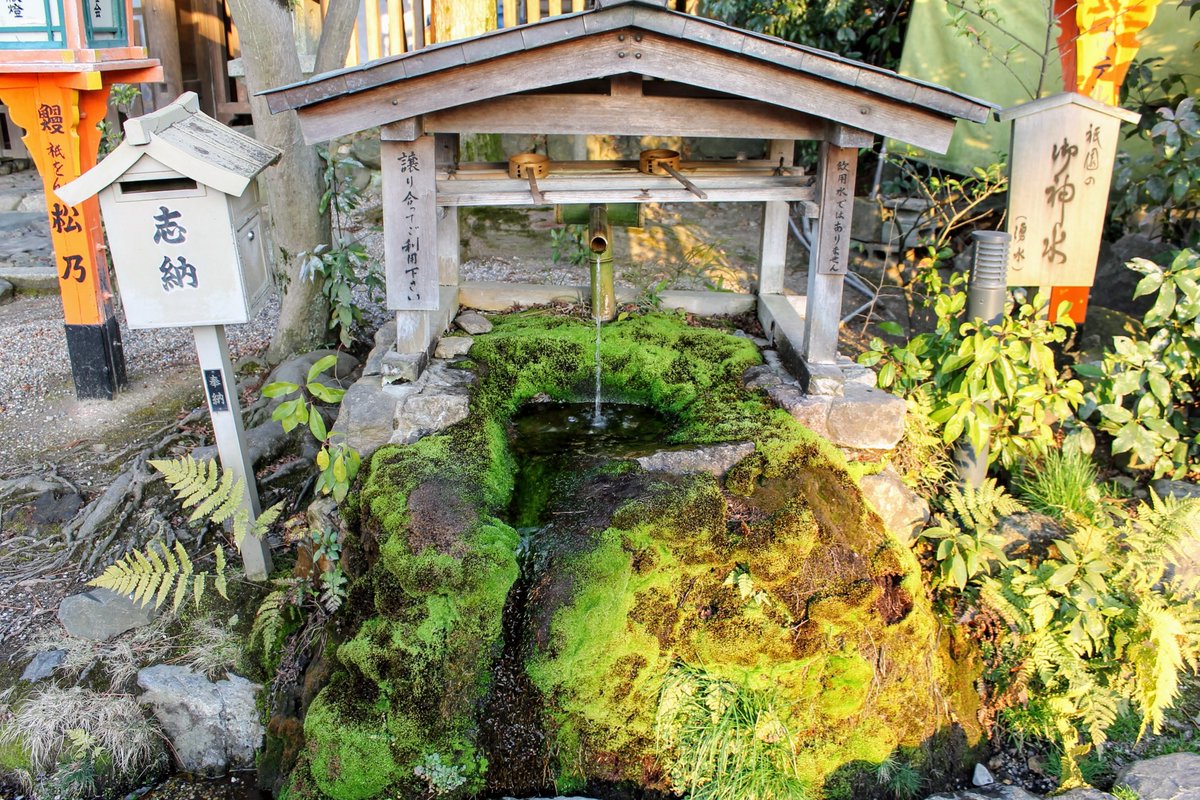



The month-long Gion Matsuri will soon be drawing to a close.
Kagizen's (鍵善) 'Gion-mamori' (祇園まもり), a popular sweet at this time of year and forever in short supply, are emblazoned with Yasaka-jinja's crest and the words found on chimaki charms.
⬇️




Kagizen's (鍵善) 'Gion-mamori' (祇園まもり), a popular sweet at this time of year and forever in short supply, are emblazoned with Yasaka-jinja's crest and the words found on chimaki charms.
⬇️
https://twitter.com/camelliakyoto/status/1414027348433793025?s=20




A final sweet for Gion Matsuri, and one of the prettiest.
Kagizen's (鍵善) 'Gion-bayashi' (祇園囃子) is named after the unique music of the festival. The three colours of bean paste represent the instruments used to play Gion-bayashi: a drum (太鼓), flute (笛) & gong (鉦).
#Kyoto



Kagizen's (鍵善) 'Gion-bayashi' (祇園囃子) is named after the unique music of the festival. The three colours of bean paste represent the instruments used to play Gion-bayashi: a drum (太鼓), flute (笛) & gong (鉦).
#Kyoto

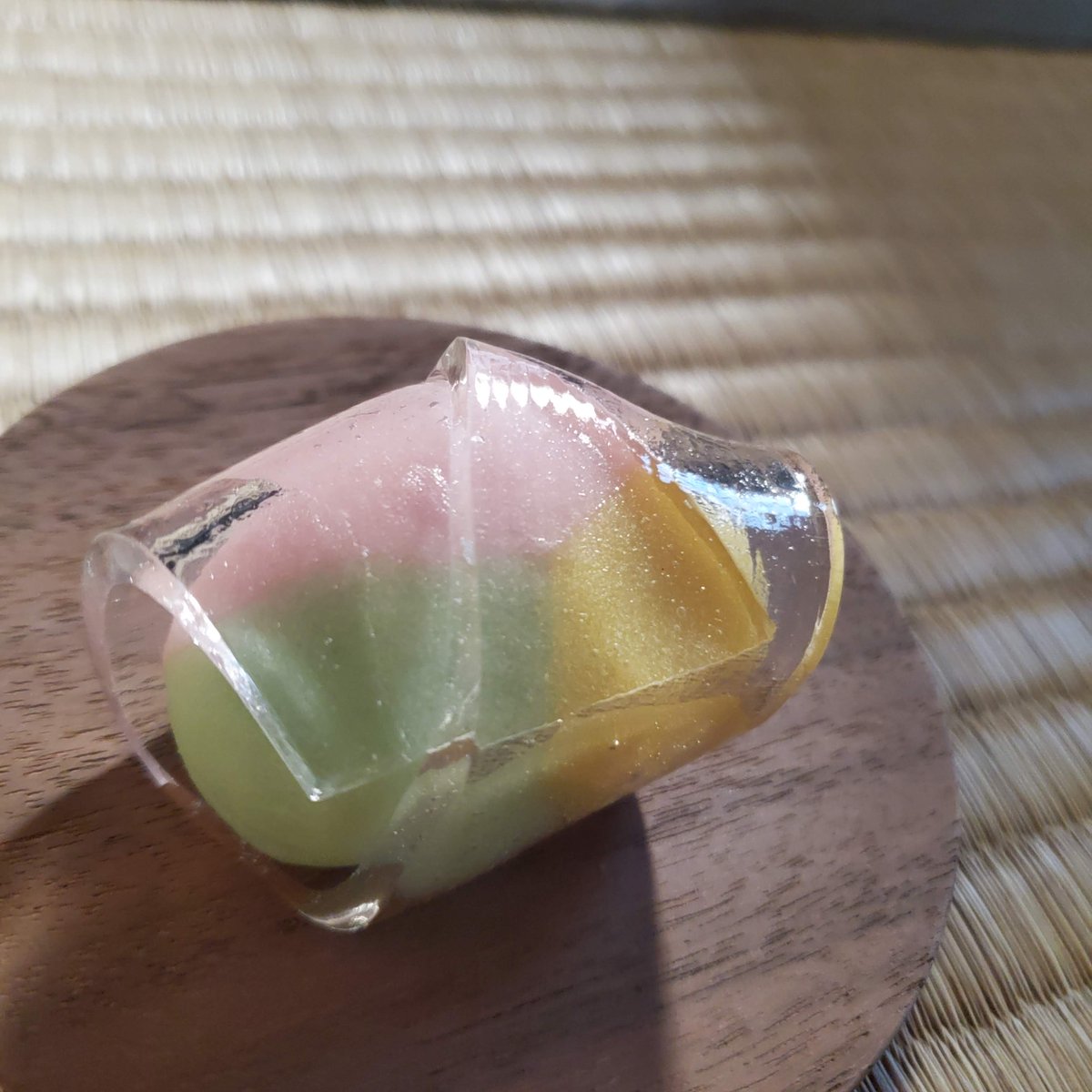


Gion-bayashi's (祇園囃子) otherworldly "kon-chiki-kon" of flutes, drums, and gongs.
Throughout July you will hear the distinctive music of the festival piped relentlessly through speakers in the city arcades, shops and department stores.
⬇️
#祇園祭 #Kyoto
Throughout July you will hear the distinctive music of the festival piped relentlessly through speakers in the city arcades, shops and department stores.
⬇️
https://twitter.com/camelliakyoto/status/1415851528489897985?s=20
#祇園祭 #Kyoto
I thought I'd missed my chance to eat @narumi_sekihan's 'unagi-manju' (うなぎ万寿) yesterday, but Nao-san brought me one to work today😭❤️
#Japan #Kyoto #京都 #wagashi #和菓子 #doyōushinohi #土用丑の日 #うなぎ万寿 #鳴海餅本店



#Japan #Kyoto #京都 #wagashi #和菓子 #doyōushinohi #土用丑の日 #うなぎ万寿 #鳴海餅本店




• • •
Missing some Tweet in this thread? You can try to
force a refresh





